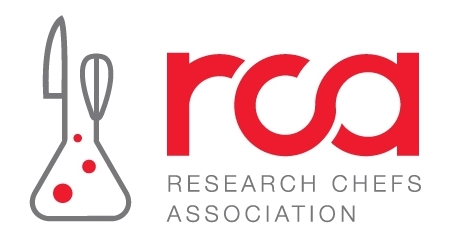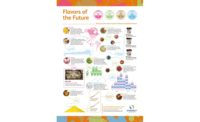Latin American cuisine in the U.S. refuses to sit still. Trends across all levels of foodservice continue to shift and mature, and retail CPG trends likewise progress across multiple snack and bakery categories. In order to learn more about today’s Latin American flavor landscape—and sources of flavor inspiration—we reached out to a Frito-Lay flavor guru, Stephen Kalil, corporate executive research chef, PepsiCo, Plano, TX.
Douglas J. Peckenpaugh: What do you see as the top Latin American flavor trends in the U.S. today?
Stephen Kalil: From an ingredient perspective, I see a continued interest in the wealth of potentially sustainable, nutrient-dense products that are being discovered in the Amazon. From a cuisine perspective, there is a finer focus on experiencing cuisines that are native to specific regions. Consumers are becoming more aware that not only are there huge differences between cuisine and culture in South America and Mexico, but also major differences between the smaller sectors in those regions—everything from Peruvian ceviche versus the styles in Coatzacoalcos and Veracruz to the influences of Lebanese immigrants on the cuisine of Yucatan. And, by the way, the same Lebanese influence can be found in the neighborhoods in and around São Paulo, Brazil.
DJP: What is helping shape those flavor trends?
SK: Travel and social media. For instance, sites like Yelp, Trip Advisor and Culture Trip, to name a few, are not only facilitating conversations and awareness around culinary experiences when we are traveling abroad, they are helping us identify sources of adventurous cuisine in our own neighborhoods.
DJP: Where do you find your greatest culinary inspiration?
SK: Culinary excursions while traveling—specifically in the local markets, street food and independent restaurants. For example, when I was in Singapore in 2004, I experienced Kaya Toast for the very first time, and I recreated that experience for my innovation team when I came back (grilled white bread with butter, coconut milk and pandan jam, often served with soft-boiled eggs, dark soy sauce and white pepper). Fast-forward 13 years, and there are multiple chains offering it throughout Asia and the Middle East.
My wife and I are planning a vacation to Japan this year, and I am excited to see how the food scene has evolved from my first visit in 2010. I have come to terms that even if my body is on vacation, my mind will always be wired into food, and the experience will always be connected to my work. I guess you can say that it makes my work feel somewhat like a vacation.
 DJP: How does the discipline of Culinology factor into your day-to-day work as a research chef?
DJP: How does the discipline of Culinology factor into your day-to-day work as a research chef?
SK: All of our innovation projects are led by cross-functional teams. Our innovation chefs are not only working side-by-side with food scientists and engineers, but also design, insights and marketing. Embracing the spirit of Culinology is key to productivity and results. Our chefs are Certified Research Chefs, or are in the certification process, and our food scientists are Certified Culinary Scientists or are working toward that goal.





